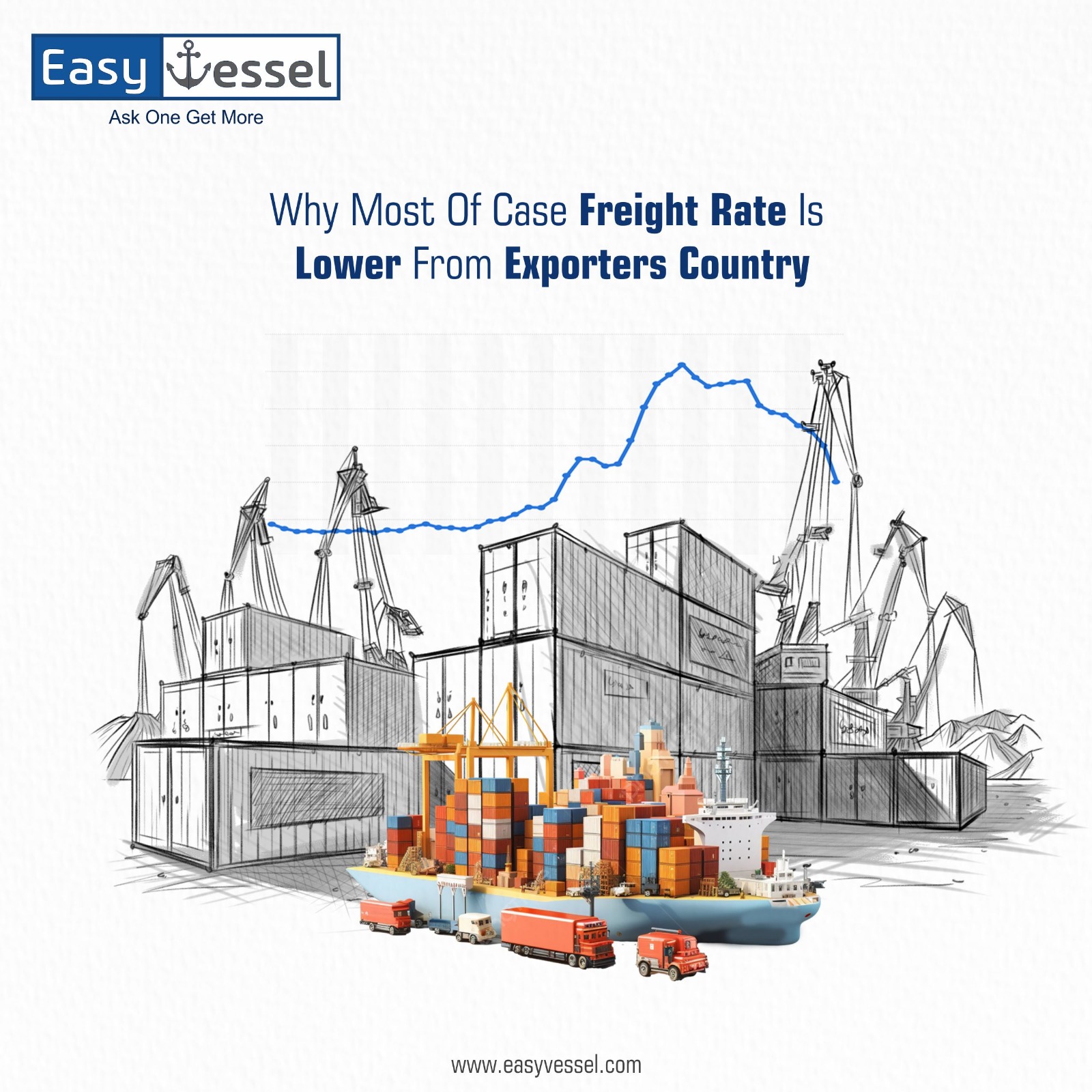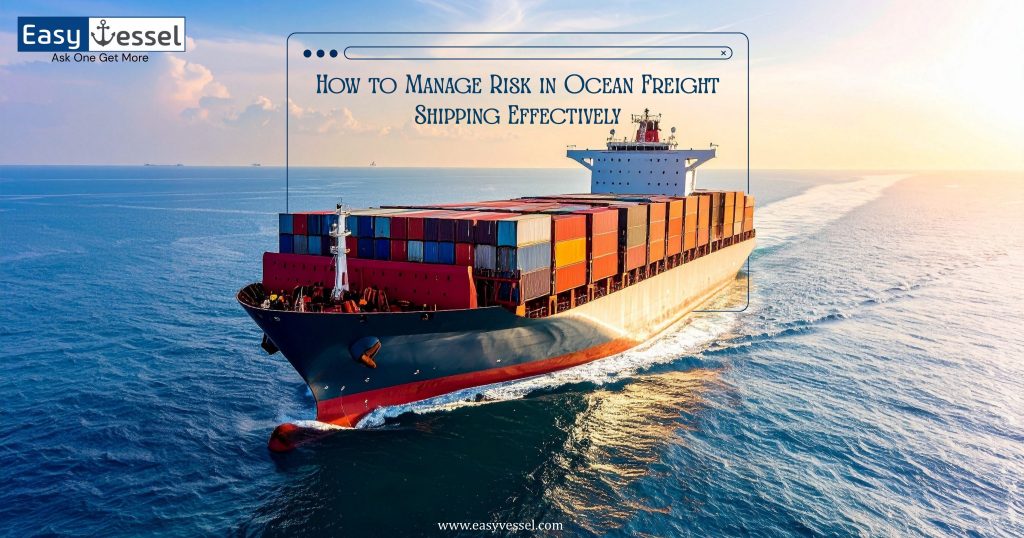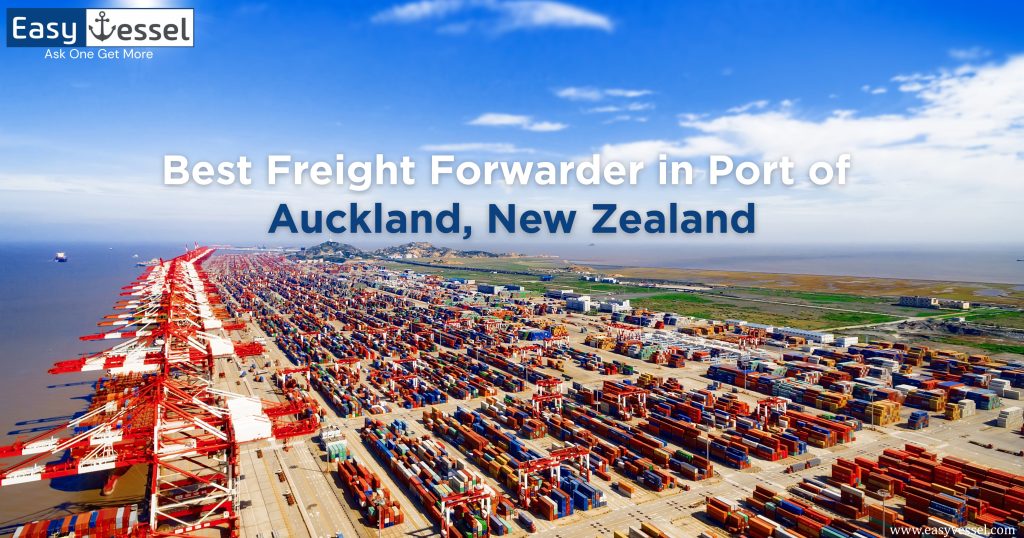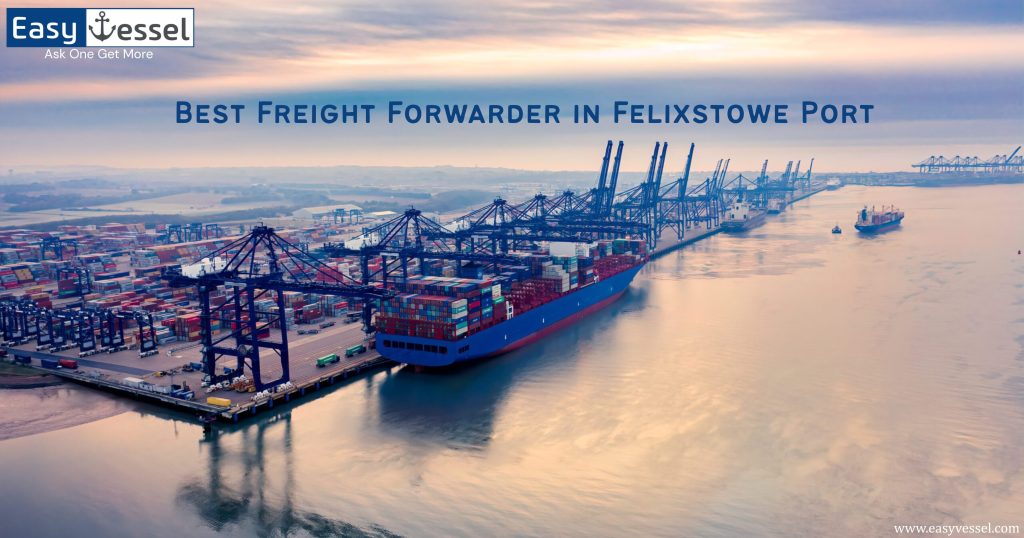- An exporting country can affect freight rates in a few ways.
- If the government provides incentives or support to encourage exports, it can lead to lower freight rates for businesses.
- Additionally, when many companies in the exporting country are competing to ship goods, this competition can push rates down.
- Economic conditions in the country, such as a strong economy, can also contribute to lower rates as there’s more demand for shipping.
- These factors combined can make it more cost-effective for businesses in the exporting country to transport their goods internationally.
Shipping Freight Rates for Developing Countries
- Shipping rates for developing countries refer to the cost of transporting goods by sea, air, or land.
- These rates can be especially important for developing nations because they affect the affordability of exporting and importing goods.
- High shipping rates can make it more expensive for these countries to trade with other nations, potentially limiting economic growth and access to global markets.
- Lower shipping rates, on the other hand, can make trade more accessible and boost economic development in developing countries.
Why Freight Rates are Often Lower:
- Freight rates for exporter countries can be influenced by factors like the country’s economic conditions.
- The government’s support for exports, and competition among shipping companies.
- When the economy is strong, there’s often more demand for shipping, and this can impact rates.
- If the government encourages exports, it may provide incentives that lower shipping costs for businesses.
- Competition among shipping companies can also lead to lower rates as they vie for customers.
- All of these factors can affect how much it costs for exporter countries to transport their goods abroad.
Key Factors:
Economic Conditions:
- The strength of the exporter country’s economy can influence freight rates. Strong economic conditions can lead to higher demand for shipping, potentially affecting rates.
Government Policies:
- The government’s trade and export policies can impact freight rates. Governments that promote exports may offer incentives or support that lower shipping costs for businesses.
Competition:
- The level of competition among shipping companies operating in the exporter country can be a significant factor. High competition can lead to more competitive pricing and lower rates.
Global Trade Trends:
- The exporter country’s role in global trade and its trade agreements with other nations can also affect freight rates. These factors can influence shipping demand and costs.
Transport Infrastructure:
- The quality and efficiency of the country’s transportation infrastructure, including ports and logistics systems, can impact freight rates.
Fuel Prices:
- Fluctuations in fuel prices affect the operating costs of shipping companies, which can influence freight rates.
Distance and Routes:
- The distance and specific shipping routes used for exports can affect rates, as longer distances and complex routes may result in higher costs.
Transportation Mode:
- The choice of transportation mode (e.g., sea, air, land) can impact rates, as each mode has different cost structures.
Seasonal Demand:
- Seasonal variations in demand for shipping services can lead to fluctuations in freight rates.
Global Events:
- Events like geopolitical tensions or natural disasters can disrupt global shipping routes and affect rates.
All of these factors can have a significant impact on the cost of exporting goods from a particular country.
Why Does Freight Rate Affect Exporter Countries?
- It affects exporter countries because they can directly impact the cost of exporting goods.
- When freight rates are high, it becomes more expensive for businesses in the exporter country to ship their products to international markets.
- This can make their goods less competitive in terms of pricing and reduce the profitability of exports.
- On the other hand, lower freight rates can make it more cost-effective for exporter countries to transport their products abroad, potentially boosting exports and benefiting the local economy.
- In essence, the level of freight rates plays a crucial role in determining the competitiveness and profitability of an exporter country’s goods in the global market.
Conclusion:
Freight rates are pivotal for exporter countries, impacting the cost of shipping goods internationally.
High rates can make exports costlier, reducing competitiveness, while low rates enhance affordability, promoting economic growth.
Thus, understanding and managing rates are vital for a country’s success in global markets.
Easyvessel connects you with reliable service providers for shipping needs.
Sign up for access to trusted providers, simplifying the process and ensuring peace of mind.
Save time and work with professionals through Easyvessel.
Reference:
International trade By Wikipedia [1].
Export pricing strategy [2].
Frequently Asked Questions
Freight costs can decrease due to factors like lower fuel prices, reduced demand for shipping services, or more available shipping capacity. When these conditions change, shipping rates may go down, making it cheaper to transport goods.
Freight rates can be high when factors like high fuel prices, strong demand for shipping services, limited shipping capacity, or disruptions in the supply chain increase the cost of transporting goods. When these conditions occur, shipping rates rise, making it more expensive to ship cargo.
Generally, sea freight (shipping by ocean) is often cheaper than air freight (shipping by plane) for transporting large or heavy cargo over long distances.
Ocean freight is usually much cheaper than air freight. This is because large ships can carry more goods over longer distances at a lower cost. Air freight costs more because of higher fuel expenses and the need for faster delivery.



